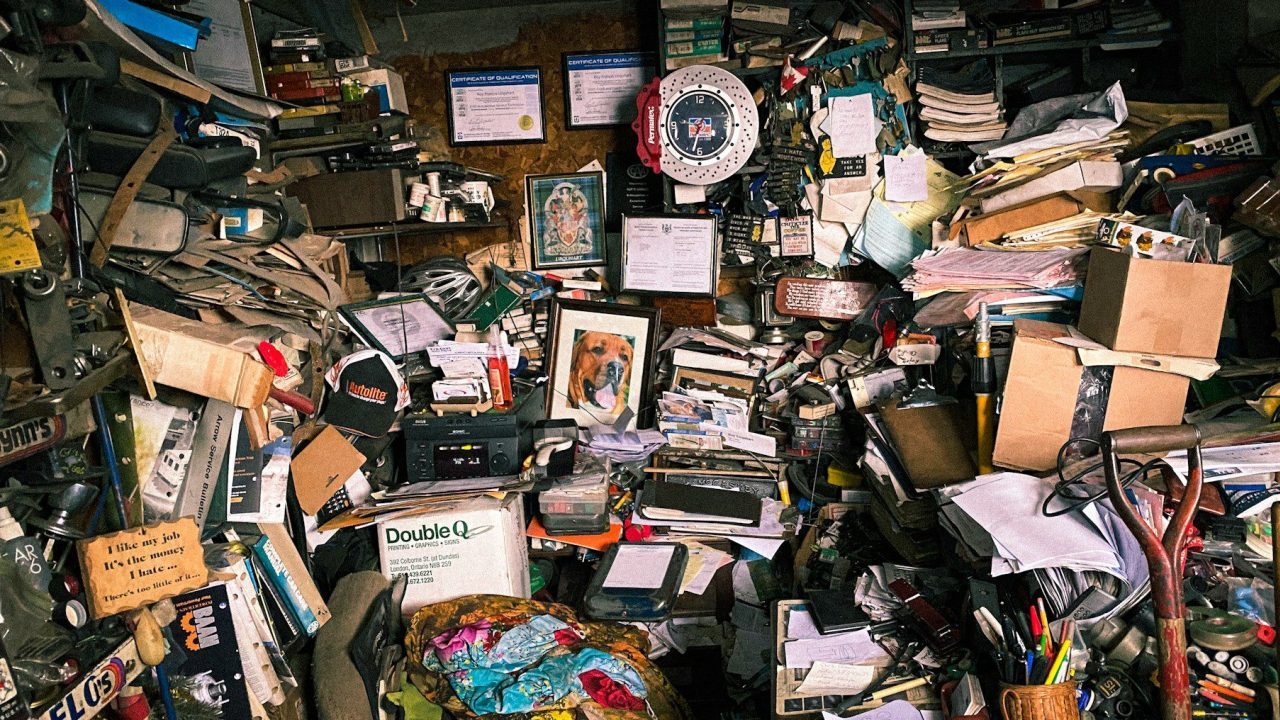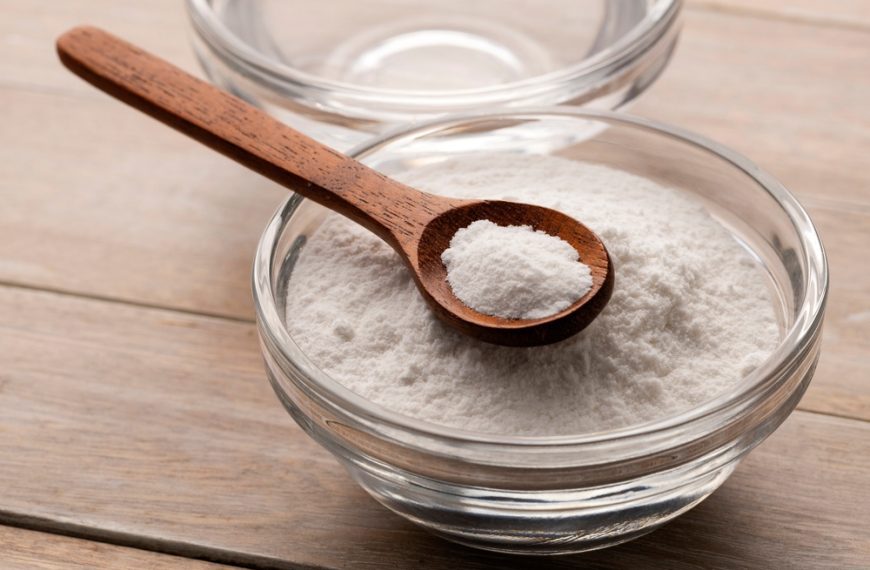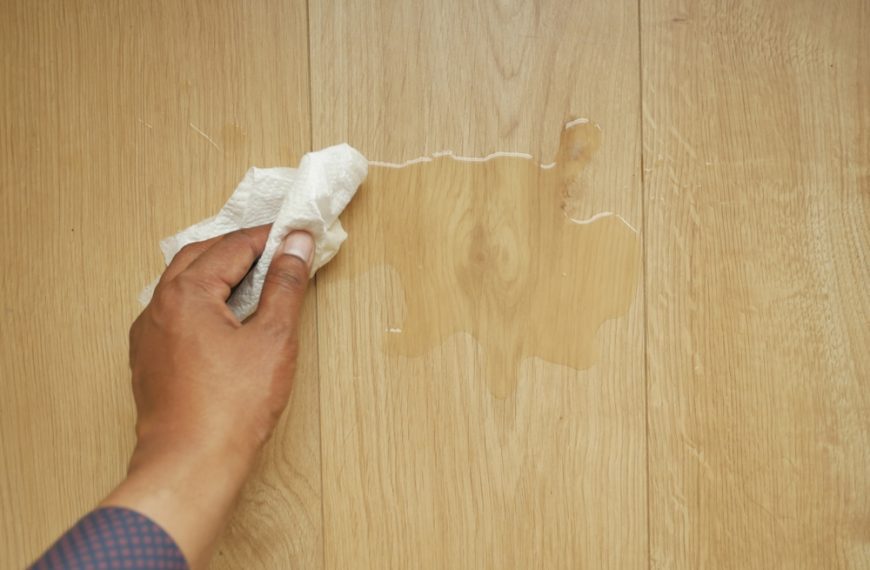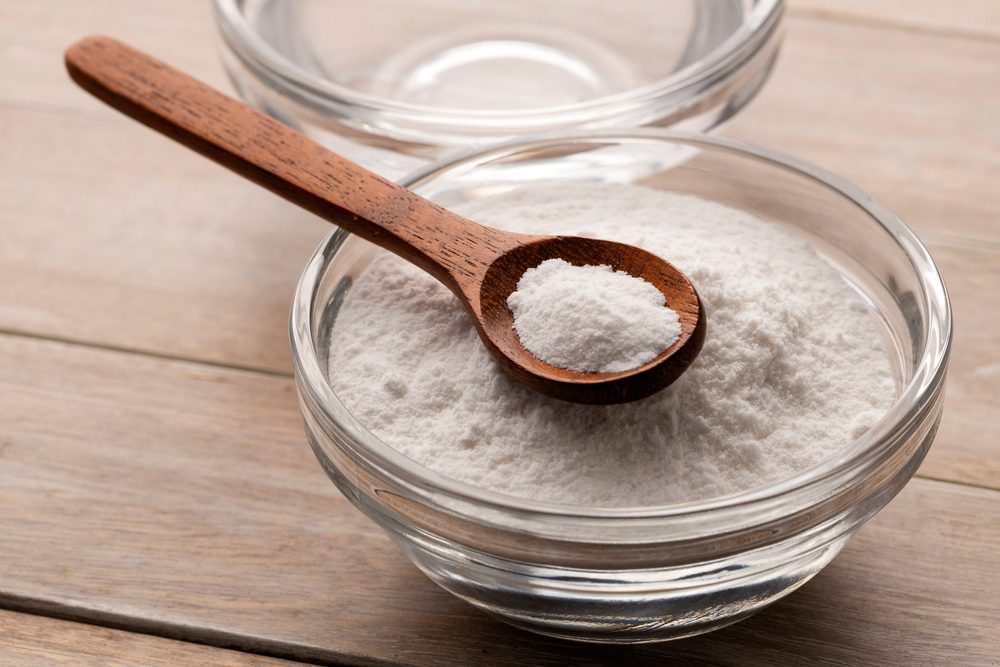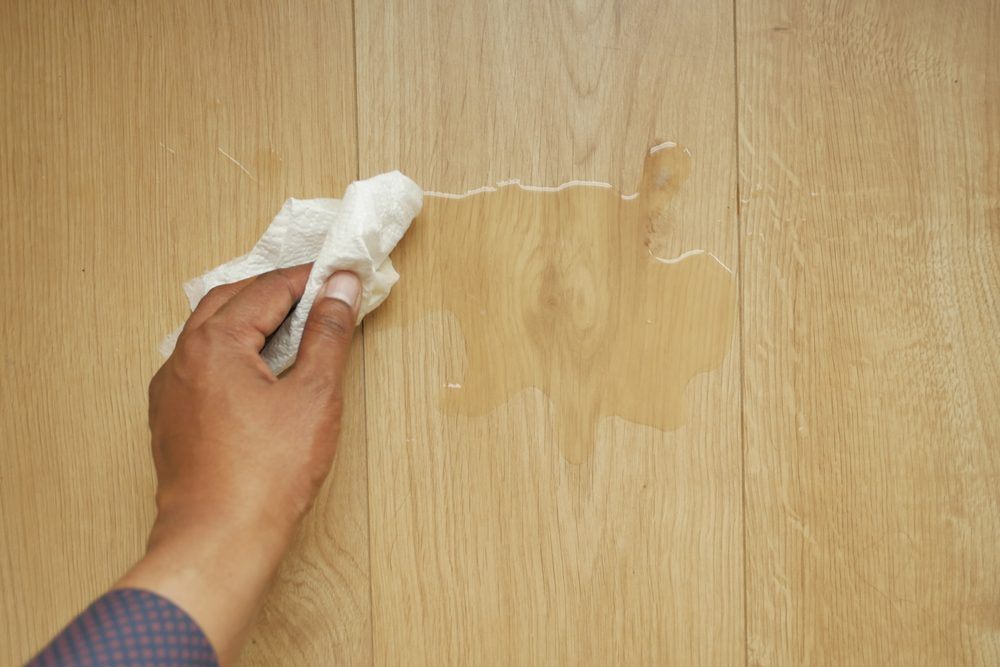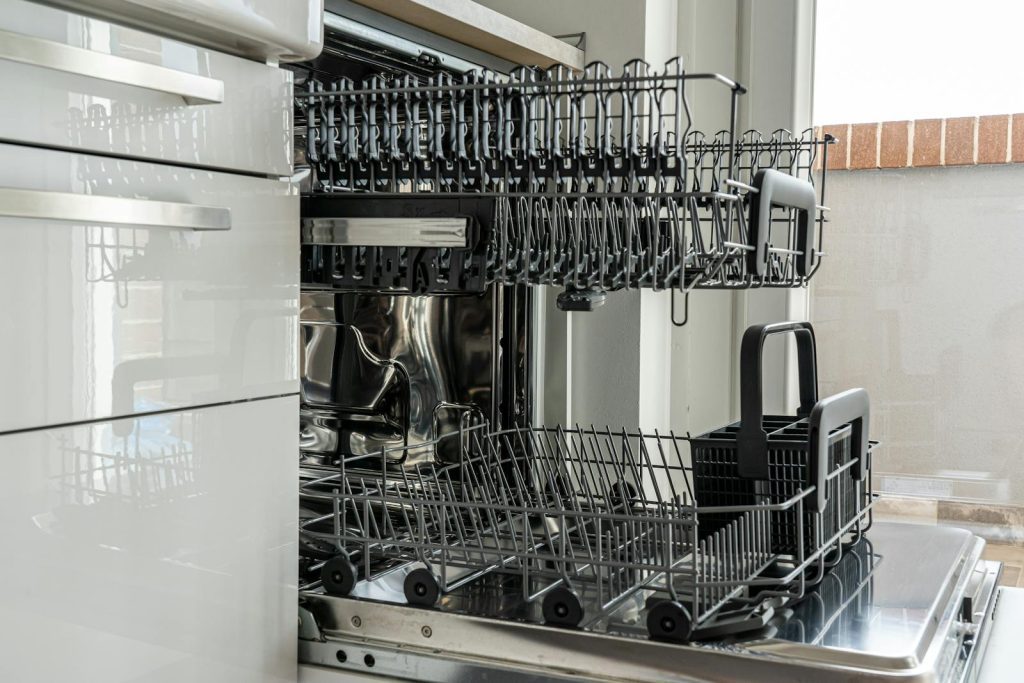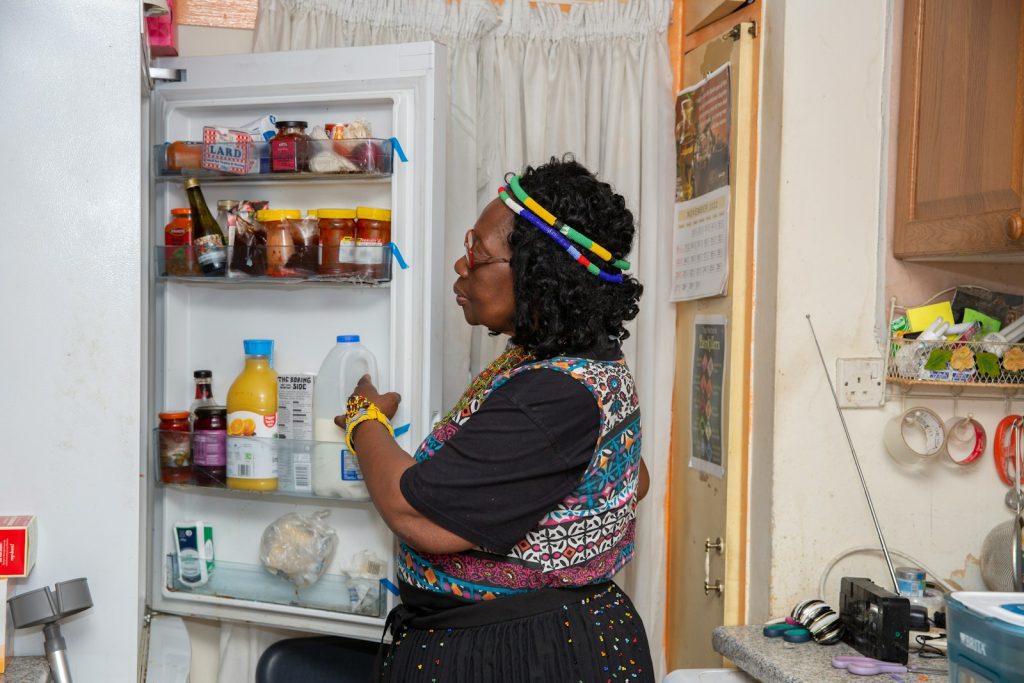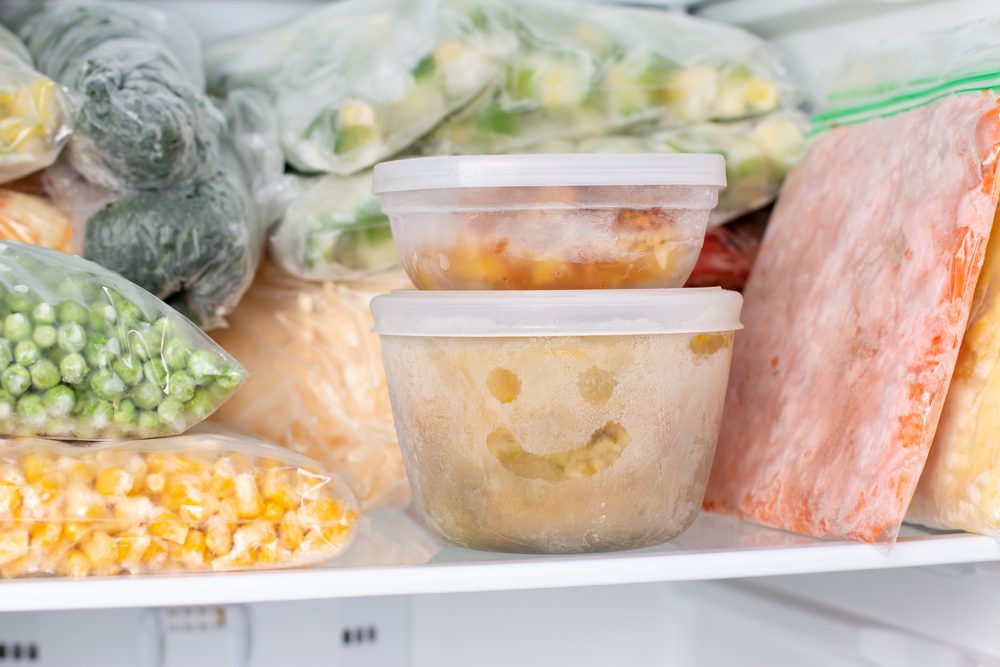Donating to charity is a great way to give back and support those in need. However, not every item you want to donate is actually helpful or accepted by donation centers.
Knowing what not to donate can save you time, avoid frustration, and ensure your contributions really make a difference. This article will guide you through 15 common items you should avoid donating to keep the process smooth for both you and the charity.
Used mattresses

You might think donating a used mattress is helpful, but it’s best to avoid it. Mattresses can carry dust mites, bedbugs, and bacteria, which pose health risks to others.
Charity organizations usually reject used mattresses because of these concerns. Instead, consider recycling your old mattress or checking if local programs accept them for proper disposal.
Broken electronics

You might think donating broken electronics is helpful, but it often isn’t. Charity shops usually can’t fix these items, so they end up throwing them away.
If your device is damaged or outdated, it’s better to recycle it properly. Many places have special e-waste centers that handle electronics safely. This way, you help the environment and make room for useful donations.
Expired prescription medications
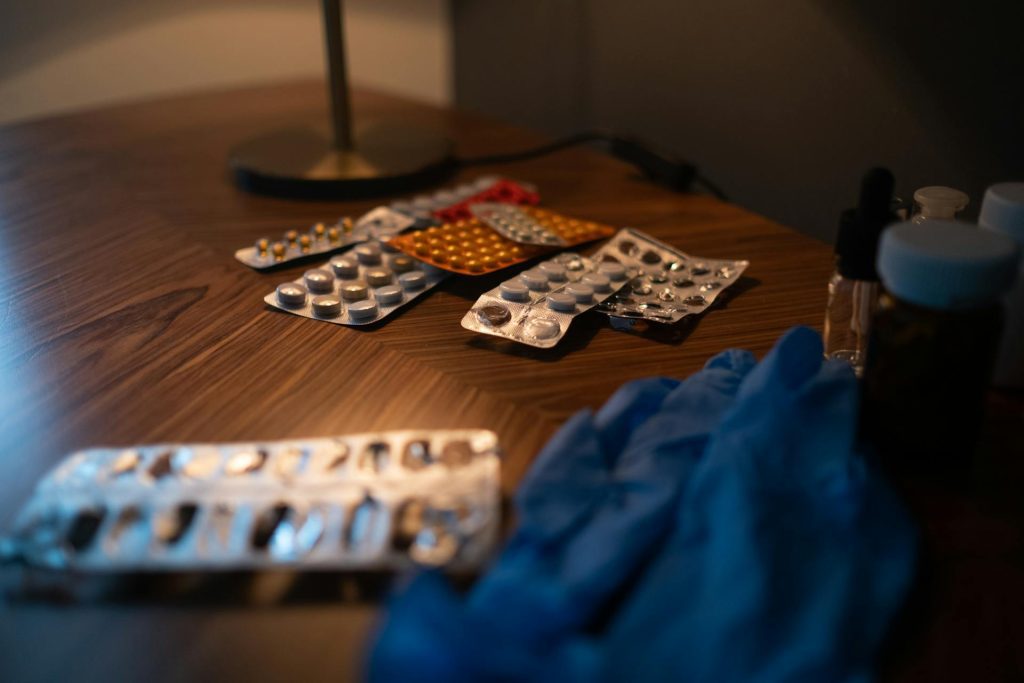
You should never donate expired prescription medications. They can lose their effectiveness and may even become unsafe over time.
Donating expired medicines is often illegal and could pose health risks to others. Instead, look for local drug take-back programs or pharmacy drop-off points to dispose of them safely. This keeps your community and environment protected.
Out-of-season clothing

You might think donating all your clothes at once is helpful. However, many charities prefer only in-season clothing because it matches immediate needs.
If you donate winter coats in summer, they’re less likely to be used or accepted. Checking with local organizations before donating helps you know what they want now.
This way, your donation has a better chance of making a practical impact.
Torn or stained clothes

You might think donating worn-out clothes helps, but torn or stained items often can’t be used. These pieces may end up discarded, creating extra work for charities.
Instead, check your clothes carefully before donating. If they have holes or stains, consider recycling or repurposing them at home. Keeping only clean, wearable items makes a bigger difference.
Pillows with stains
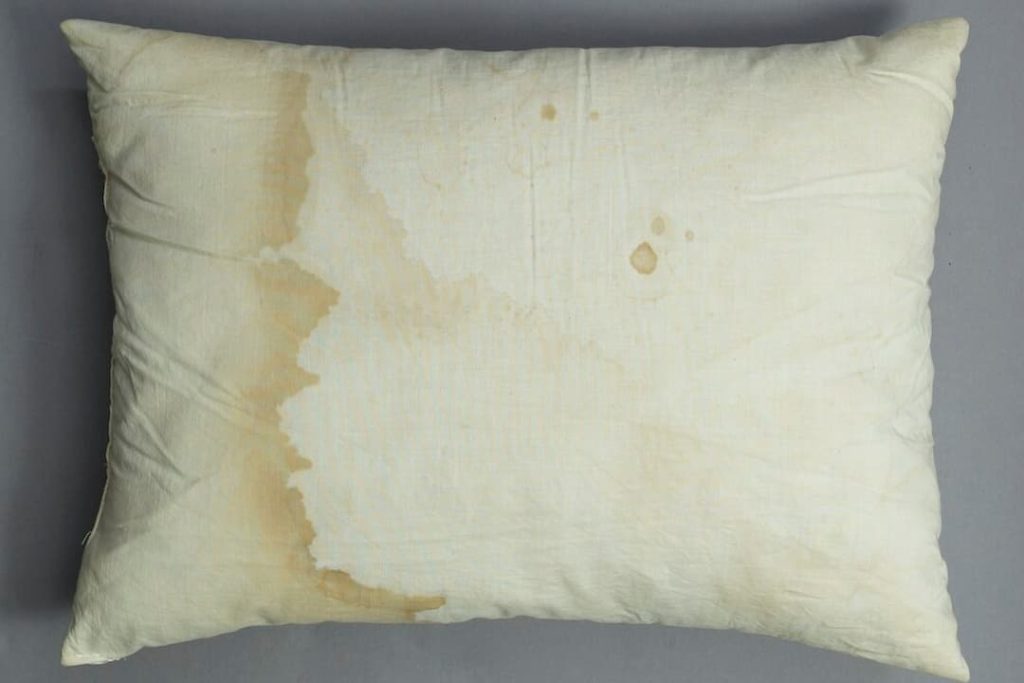
You should avoid donating pillows with stains. They can hold dust, bacteria, and allergens that might cause problems for recipients.
Even if the stains seem minor, charities usually can’t accept them because of hygiene concerns. Instead, consider recycling or repurposing stained pillows at home. Some animal shelters might accept clean pillows for bedding, but always check first.
Shoes with heavy wear or damage
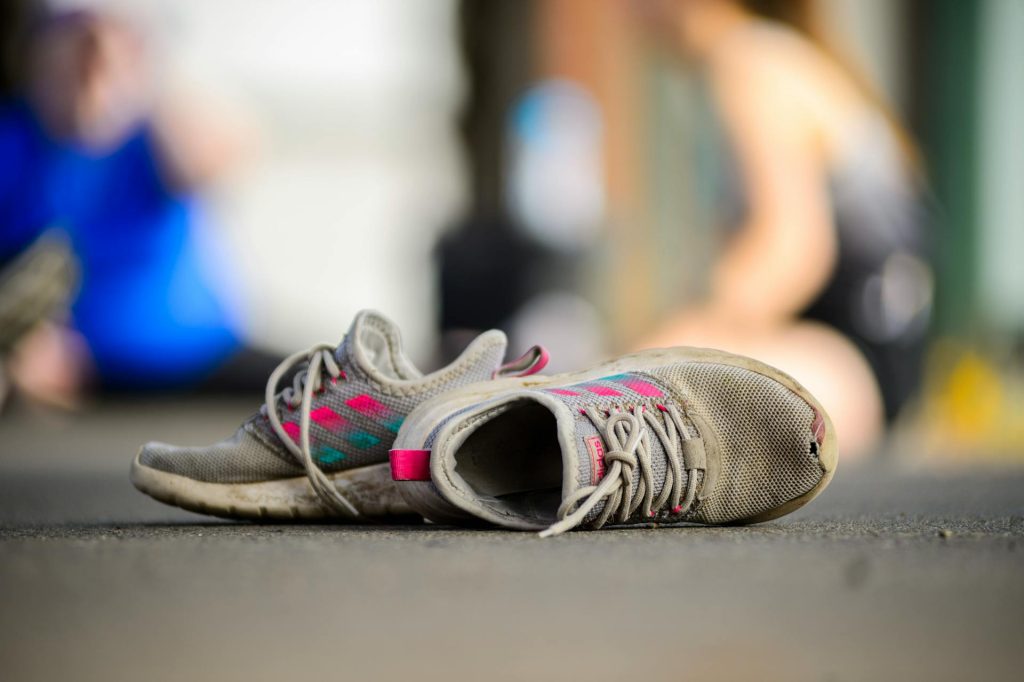
You should avoid donating shoes that are worn out, have holes, or damaged soles. These shoes are not useful to charity and often end up discarded.
If your shoes are still wearable but show some signs of use, consider cleaning or repairing them before donating.
For shoes beyond repair, look into recycling programs instead of donating. This helps reduce waste and gives materials a second life.
Pocketknives and sharp objects
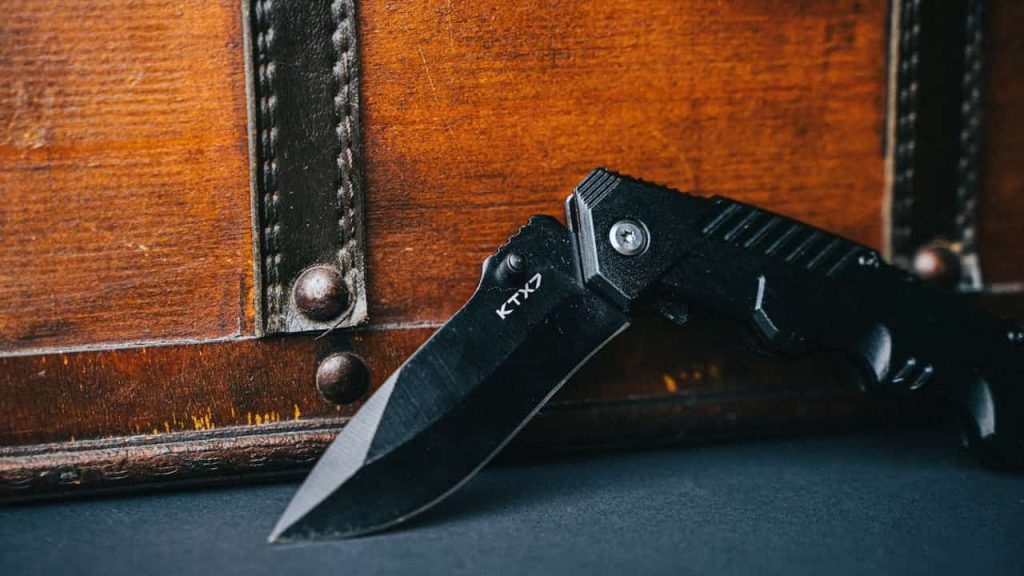
You should avoid donating pocketknives and other sharp items to charity. These objects can pose safety risks for staff and volunteers handling donations.
Many thrift stores and donation centers have strict rules against accepting anything that could cause injury. Instead, consider disposing of sharp objects safely through local hazardous waste programs or specialized disposal services. This helps protect everyone involved.
Pepper spray and tasers
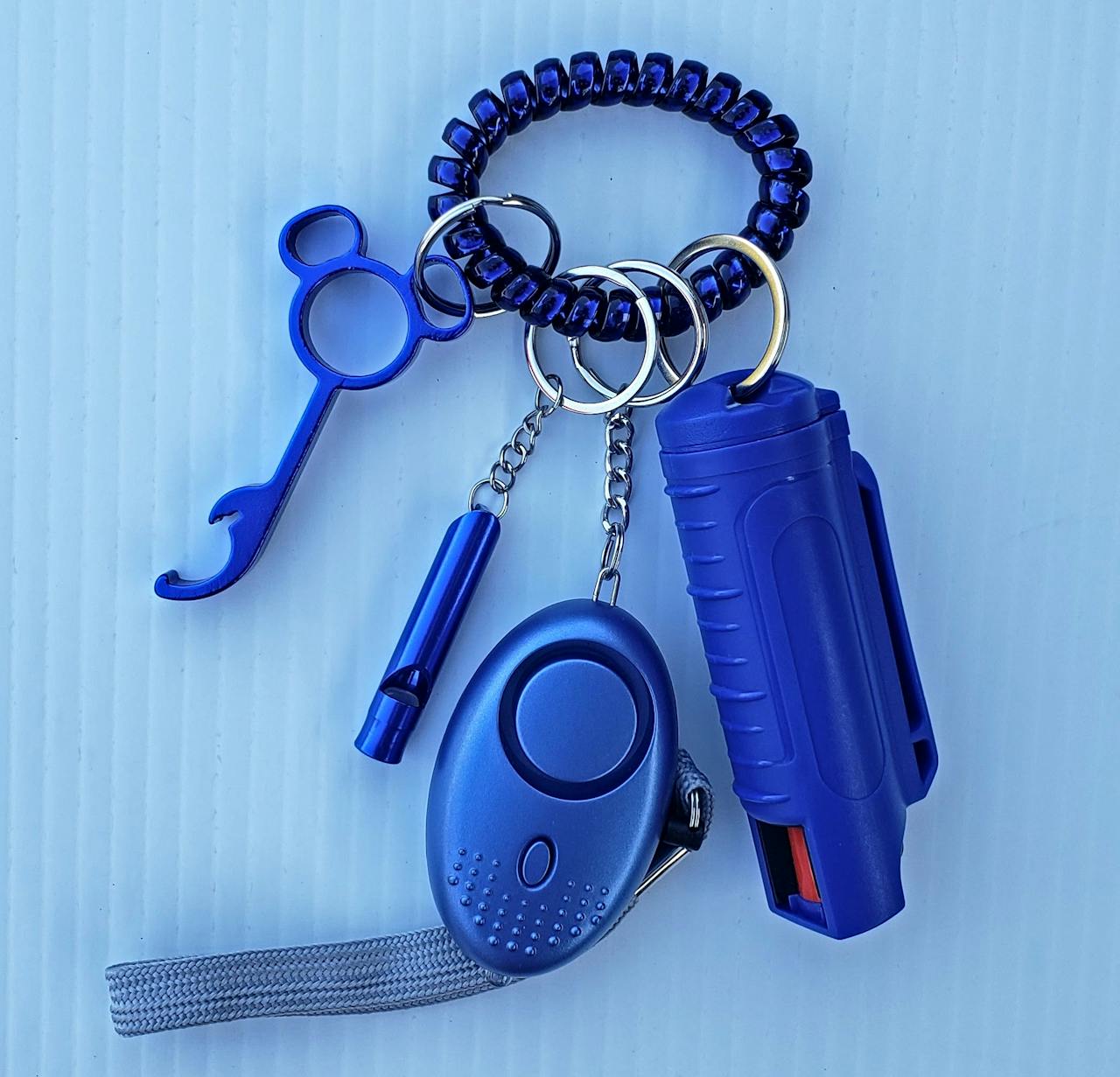
You should never donate pepper spray or tasers to charity. These items are considered weapons and can pose safety risks. Thrift stores usually won’t accept them because of legal and liability concerns.
If you need to get rid of these, check with local authorities or specialized disposal programs. This way, you can ensure they are handled safely and responsibly.
Old toys with missing parts

You might think donating old toys is helpful, but toys with missing pieces can cause frustration. They aren’t safe or fun for kids to play with.
If a toy isn’t complete or is broken, it’s better to recycle or discard it responsibly. Only donate toys in good condition to make sure they bring joy and safety.
Worn-out athletic shoes

You should avoid donating athletic shoes that show heavy wear or damage. Shoes with holes, worn-down soles, or broken laces are no longer useful to charity shops.
Instead, look for shoes that are clean and gently used. If your shoes are too worn out, consider recycling programs designed for footwear. This way, your old shoes won’t end up as trash or extra work for charities.
Books with missing pages

You should avoid donating books that have missing pages. These books are hard for libraries or other charities to use because they don’t offer a complete reading experience.
Books with missing pages might also confuse or frustrate readers. Instead, consider recycling damaged books or repurposing them for crafts at home. This way, your donation stay useful and appreciated.
Wedding dresses with tears
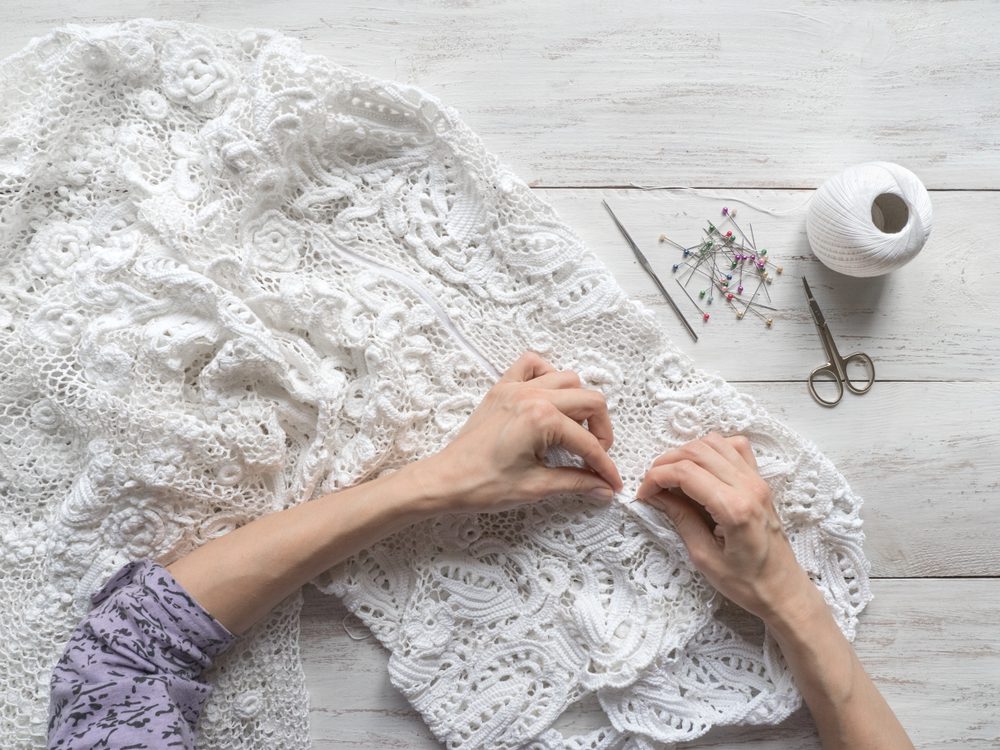
If your wedding dress has tears or significant damage, it’s best not to donate it. Charities usually need dresses in good condition to help others feel confident and special.
Small fixes might be okay, but large tears make the dress hard to repair or resell. Instead, consider repurposing the fabric or keeping the dress as a keepsake. This helps ensure your donation truly benefits someone else.
Dirty or shredded linens

You should avoid donating dirty or shredded linens. Charities often cannot use items that are stained, torn, or heavily worn.
Instead, consider recycling old linens as cleaning rags or repurposing them for pet bedding. This way, you give them new life without burdening donation centers. Always make sure your linens are clean and intact before donating.
Non-working household appliances

You should avoid donating household appliances that don’t work. These items often require repairs that charities can’t afford or manage.
Broken appliances like toasters, microwaves, or vacuum cleaners can become clutter instead of a helpful donation.
If your appliance isn’t functioning, consider recycling it properly or seeing if a local repair shop can fix it before donating. This way, your gift is genuinely useful.

